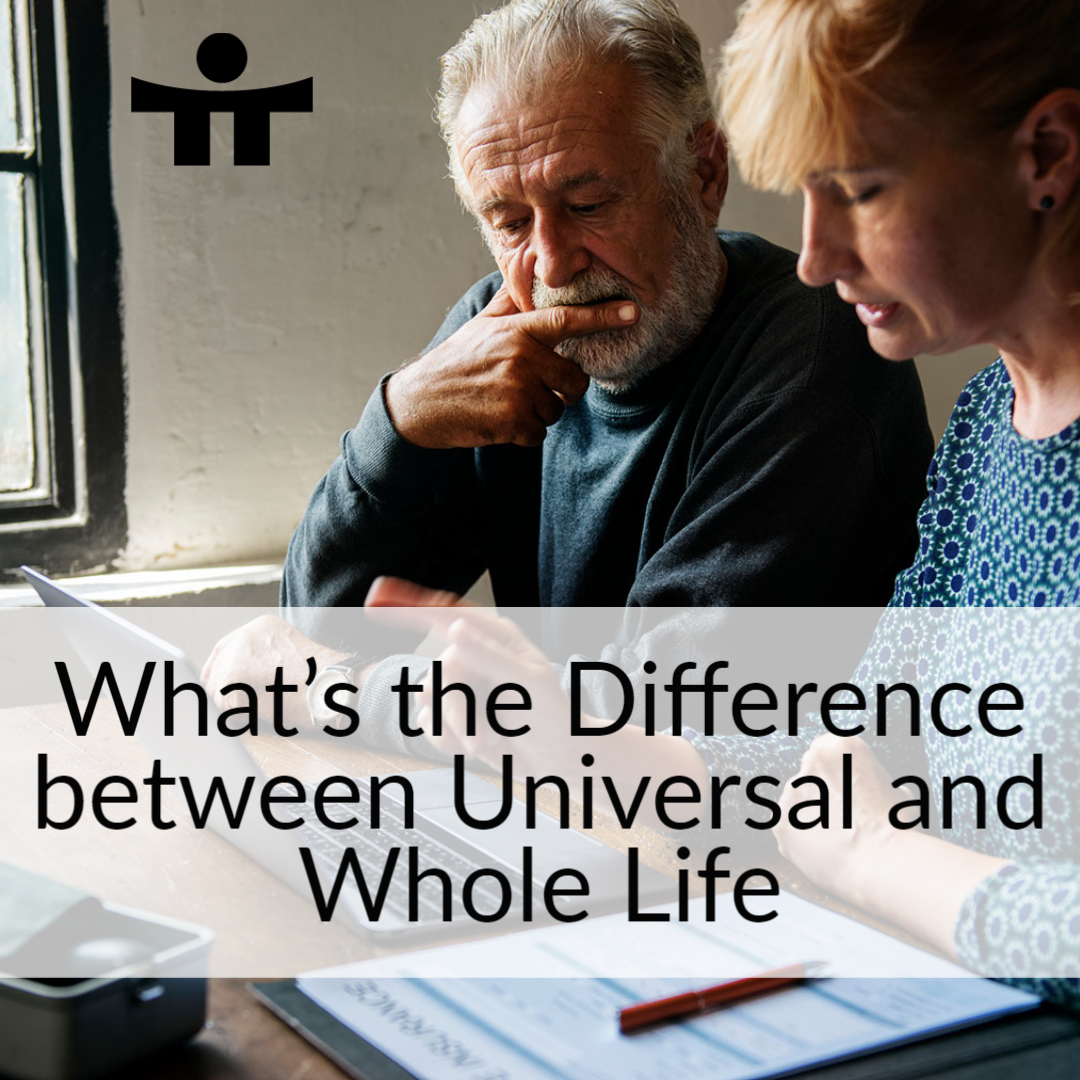What’s the Difference between Universal and Whole Life
Financial terminology is crystal clear for those folks who work in and are exposed to the financial industry on a regular basis; everyone else finds the definitions and implications difficult to understand. “Universal” and “Whole Life” life insurance is not exempt from this reality.
What you need to Know
Whole Life
Whole Life Insurance is also called ‘permanent’ as it provides a lifetime of coverage. As long as the premiums are paid, the insurance stays in-place permanently. At the beginning of the Whole Life policy the death benefit and premiums are usually guaranteed, and remain fixed.
Whole life policies pay the death benefit when the insured person passes away. They can also accumulate additional cash value inside of the policy. The invested premiums fund the death benefit, and whenever excess premiums occur they are then invested by the insurance company on your behalf and create a Cash Value.
Typically, Whole Life insurance is less expensive to purchase than Universal Life, and is the ideal option for those people who desire level premiums and a predetermined death benefit.
Universal Life
Universal Life Insurance is a slightly more complicated financial solution as it is considered both a Whole Life policy and a tax-preferred savings account, combined together. At the beginning the death benefit is set, and then any premium payments above what the life insurance policy requires can be used to increase the death benefit or be held in a tax-preferred savings account.
This last point is important for those people who may have maximized allowed RRSP contributions and are looking for additional ways to shelter income and wealth from taxation.
The Bottom Line
To understand the differences between Whole Life and Universal Life Insurances be sure to consult with your Advisor.
Click HERE to book an appointment with us today!
